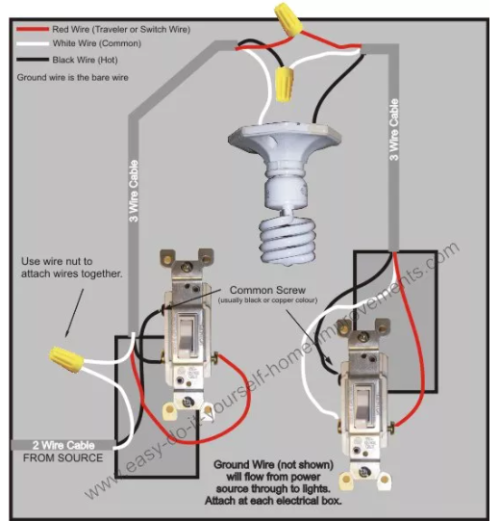seeth07
Well-known member
Fantastic advise. We actually had a bad line two years ago because lightning had hit our pole and the splice just before it got fried and then coming out and fixing it for free did the trick to restore full service to our propertyI would call the power company and tell them you have voltage issues and have them check it under load behind the meter if they can. The issue may not even be your house but the line into it. Idk where your at but I always tell customers to call us before a electrician since we don’t charge




